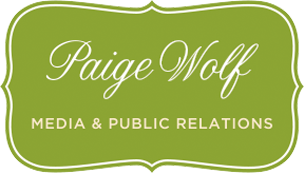According to a new study, most plastics — even those marked BPA-free — leach hormone-like chemicals.
It’s a worrisome finding, as it’s probably easier to avoid trees than to avoid plastic. I’m not willing to risk impaling my family with shattered glass sippy cups, but at least I know I’ve removed a good amount of plastic from my kitchen. I’m feeling particularly thankful for Pyrex containers and stainless steel water bottles. But I don’t think I will toss the Born Free sippy cups just yet.
Interestingly enough, we visited friends and their children yesterday at the home they grew up in, where grandmom kept around all the Fisher Price and Playskool toys from the ’70s. It was nostalgic to say the least, as we all remember having those exact same toys when we were kids.
I wondered if it was safe to let our kids play with the stuff we all played with as children, and noticed that everything was marked “Made in the U.S.A.” Back then, we didn’t import many toys from China. Nothing was shiny or sparkly or activated by batteries. And back in the 70s, there weren’t as many chemicals or plastic varieties in use. None of these toys were soft and squishy (phtalates) or had clear plastic parts (BPA). I know that those chemicals were in use at the time, but I am not sure how prolific they were in children’s toys.
Our parents like to say, “We let you play with everything and you turned out fine.” We do know that the toy manufacturing industry is far less safe than it was 40 years ago – but with increasing regulations, probably a little better than it was five or ten years ago.
So what do you think? Would you let your toddlers play with (and let’s face it – chew on) your old childhood toys?















